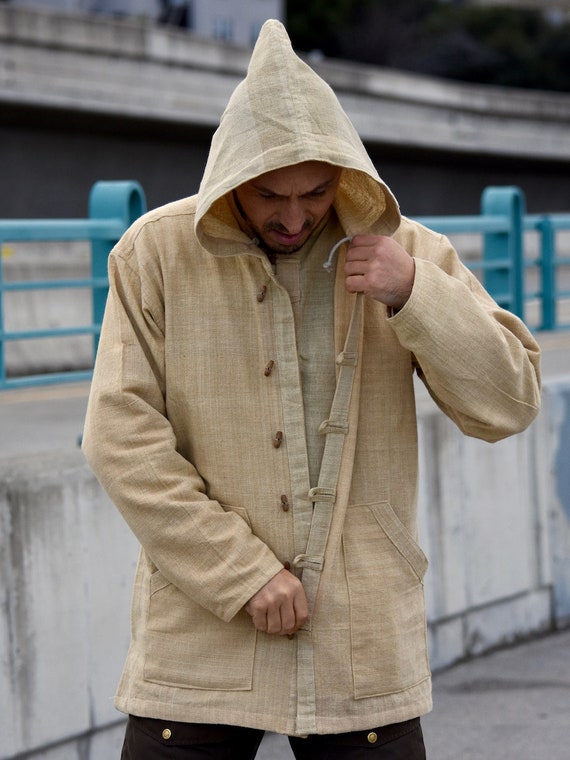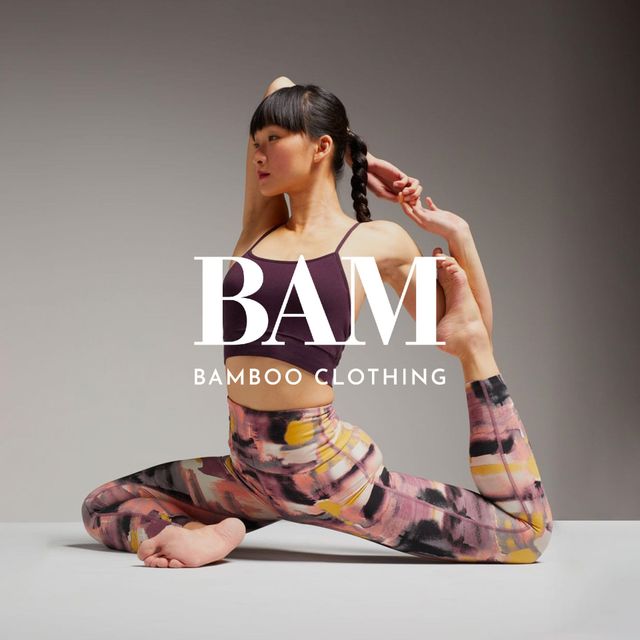Recommended News On Selecting Hemp Clothing
Wiki Article
What Are Some Of The Advantages Hemp Clothing Made Of Low-Impact Fibres Offers For The Environment.
The hemp clothing that is low impact provides several environmental benefits in comparison to clothing made of synthetic fibers and cotton. Hemp clothing has numerous environmental advantages. It is a rapid-growing crop which requires less water, pesticides, or herbicides in comparison to other crops. Hemp thrives in all conditions and is able to adapt to different soil types, reducing the need for chemicals used in agriculture.
Hemp requires less water as compared to cotton. Cotton is known for its high water usage. This makes hemp an environmentally-friendly choice for clothes.
Hemp is usually grown without synthetic pesticides. The use of herbicides is also not required. This reduces the environmental harm that comes from chemical farming.
Hemp helps improve soil health because of its roots that are deep, which prevent erosion and compaction. Hemp cultivation also helps improve soil fertility for future crops.
Biodegradability Biodegradability Hemp fibers break down and decompose naturally over time. This helps reduce the environmental burden from textile waste. Synthetic fibers like polyurethane can require a long time to break down.
Low carbon footprint - Hemp fibers have a lower carbon footprint than synthetic materials. Hemp also acts as an absorber of carbon dioxide by absorbing carbon dioxide from the air during the growth process.
Hemp clothing can last for many years. High-quality hemp garments will last for a long time and reduce the need for frequent replacements and further reducing consumption.
Hemp plants are naturally pest resistance, which reduces the use of chemicals for pest control.
Flexibility- Hemp can be utilized for a wide range of textiles that include bags, clothing and accessories, making it a versatile and sustainable choice for clothing and textiles.
Regenerative Agriculture: Certain sustainable farming practices use hemp in regenerative systems of agriculture that aim to restore ecosystems and enhance them while producing crops. This practice is beneficial for the environment.
It is vital to note that, while hemp can provide numerous environmental benefits, the sustainability of clothing depends also on a variety of factors, including transport, dyeing methods, consumer behavior, etc. In addition, as in any other sector manufacturing standards and practices can vary. To ensure that you're getting the greatest environmental benefits, opt for organic hemp clothing that is sustainable and organic. View the best hemp clothes recommendations for more tips including hoodlamb jacket, american made hemp clothing, hemp swimsuit, hemp bathing suit, organic hemp hoodie, hemp fabric, patagonia hemp shorts, patagonia iron forge jacket, hemp t shirts wholesale, t shirt hemp and more.

What Is The Hemp-Based Clothing's Performance With Other Fibres In Terms Of Quality And Function?
Hemp clothing is an eco-friendly option that offers many functional and technical benefits over conventional fibers. Here are a few examples of how hemp clothing could be eco-friendly and high-performance.
Hemp fibres are extremely permeable. They also help to wick away moisture, which makes hemp clothing very comfortable in all circumstances. They are able to help wick away the moisture that is absorbed by skin, keeping it cool during hot temperatures.
Temperature Regulation
Hemp clothing has great thermoregulatory properties. It will keep you warm during cold weather by trapping heat near to your body. It can also help keep you cool in hot temperatures by allowing heat and water to go away. The natural thermoregulation process can decrease the frequency of changes in clothing.
Durability-
Hemp fibers have earned a reputation for their durability. Hemp clothing has a tendency to be more durable and resistant to wear and more durable than other fibers. It means that hemp clothing are more durable and last for longer. They can also reduce the frequency at which you need to change them out, which has negative effects on the environmental.
UV Protection
Hemp fibers are a great UV shield, protecting the skin from harmful UV radiation. This is especially advantageous for outdoor activities as well as sports.
Biodegradability:
Hemp clothing is biodegradable, which means it will break down naturally when it is taken care of. This feature reduces textile waste's environmental burden, because synthetic fibers are not capable of surviving in landfills.
Low Environmental Impact
Hemp production typically uses the least amount of synthetic pesticides and herbicides when compared to cotton. Additionally, it uses less water, which makes it a more environmentally friendly option. The eco-friendly qualities of organic hemp farming are even more pronounced.
Carbon Sequestration
When they grow, hemp plants can absorb carbon dioxide in the air. The cultivation of hemp acts as a carbon-sink, which helps to reduce the levels of greenhouse gases.
Sustainability and Crop Rotation
Hemp can be incorporated into rotations of crops to improve soil health, and decrease the chance of developing diseases and soil loss. This environmentally friendly farming method is possible because of sustainable farming methods.
Versatility:
Blending hemp fibers with other materials such as organic cotton and recycled polyester can make eco-friendly and high-performance fabric blends. This flexibility allows for the development of innovative textile products.
Low Toxicity
Hemp fibers are low-toxic in nature and don't require an extensive chemical process in the manufacturing process, reduce the environmental impact.
It is important to keep in mind that while hemp does have numerous eco-friendly and functional benefits but its sustainability overall is dependent on other factors like the dyeing process, transportation, and ethical work practices. To make environmentally conscious choices consumers should seek out clothing brands that are committed to sustainability, transparency, as well as ethical production practices when making use of hemp and other natural fibers in their clothing. Read the most popular hemp clothing for more tips including hemp shorts patagonia, hemp and cotton fabric, hemp fleece fabric, hemp t shirts wholesale, hemp jeans mens, hemp fabric by the yard, hemp denim, hemp dress, hemp button down shirt, hemp denim and more.

What Are The Advantages Of Wearing Bamboo Clothing When It Comes To Environmental Sustainability And Comfort?
Bamboo clothing is an excellent choice for comfort and the surroundings.
Softness- Bamboo fabric is known for its incredible softness. It is a silky and silky texture that makes it comfortable to wear. A lot of people find bamboo clothing to be soft and luxurious and comfortable, which makes it a popular option for intimate clothing as well as loungewear and activewear.
Breathability - Bamboo fibers are naturally moisture-wicking and breathable. They are made up of micro-gaps, which allow air to circulate which keeps you cool and comfortable in hot weather. The moisture-wicking properties assist to pull sweat away from the skin, reducing the feeling of dampness.
Bamboo clothing exhibits excellent thermoregulation characteristics. Bamboo clothing can help keep your body warm in colder temperatures, by trapping warmth close to your body. It also allows you to remain cool during summer heat because it lets the excess heat and moisture to escape. Bamboo clothing can adapt to different temperature is what makes bamboo clothing perfect for wearing all year.
Hypoallergenic Bamboo is hypoallergenic in nature and is gentle to sensitive skin. Bamboo fabric is less likely to trigger irritation or allergic reactions, making it a good choice for people with skin sensitivities or allergies.
Bamboo fibers are naturally antimicrobial, and will stop the growth of bacteria which cause smell. This property contributes to bamboo clothing staying fresh even when worn in the midst of physical exercise.
Environment-
Sustainability- Bamboo is a highly durable and sustainable resource. It is one of the fastest growing plants in the world and requires a minimum amount of water as well as no pesticides or herbicides for cultivation. Bamboo can be harvested, and the plant will regenerate by regrowing its roots.
Low water usage- Bamboo is inherently water-efficient. It thrives on a minimum of irrigation. It is typically rainwater that is sufficient to allow it to grow.
Biodegradability- Bamboo clothing is decomposes naturally over time after it is removed from the landfill. This feature reduces the quantity in the landfills of non-biodegradable textiles.
Carbon Sequestration - Bamboo plants are able to sequester CO2 from air during their rapid growth. Bamboo cultivation can be a carbon sink which can aid in reducing climate changes by reducing greenhouse gas emissions.
Chemical Reduction- Bamboo fabric is produced using less chemical treatment than other types of textiles. This reduces the environmental impact of textile manufacturing.
Closed Loop Production Certain bamboo fabrics are manufactured by closed loop systems that recycle and reuse chemicals as well as water, reducing production waste.
It is important to keep in mind that the environmental impact of a garment can vary depending upon the process of manufacturing, and whether or not the bamboo used for manufacturing was sourced from sustainably managed and ethically controlled bamboo forests. Bamboo clothing produced according to environmentally friendly practices will give the greatest environmental benefit. View the top rated see on bamboo clothes for blog tips including bamboo pants womens, bamboo viscose pajamas, bamboo maternity wear, bamboo pants, boody bamboo underwear, bamboo t shirts ladies, bamboo terry fabric, lisa frank bamboo pajamas, bamboo maternity wear, bamboo t shirts mens and more.
